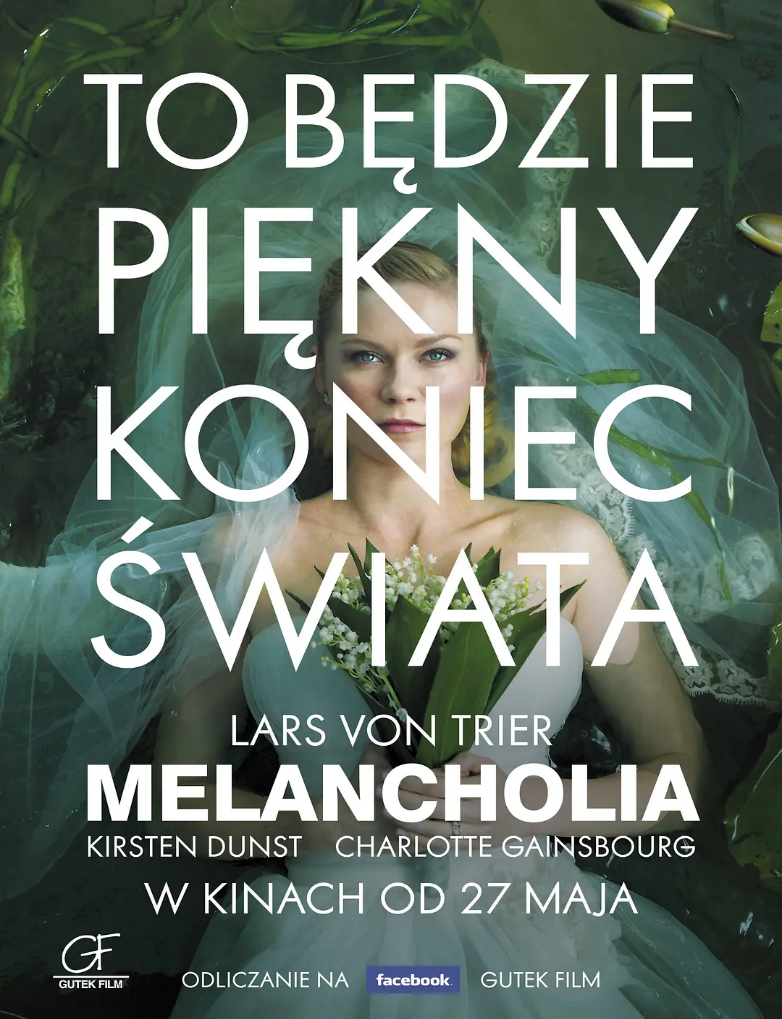The Lost Leonardo What is missing is not only a painting, but also the original intention of creating and restoring this painting

I rarely watch documentaries in the cinema, but I was really interested in this subject so I went to see it. The amazing thing is that I actually had the chance to see this painting in real life. It was the winter of 2008, when the Da Vinci exhibition at the National Gallery in London was held, and this painting was the grand finale. At that time, I was quite stupid and I didn’t realize that it was also the first time that this painting appeared in public under the name of Leonardo da Vinci. I only remember that the hand painting was extremely beautiful, and with the crystal ball, there was a particularly compassionate atmosphere.
After that it was from the news that the painting was sold to a Middle Eastern prince for an astronomical price. And the year before, it was expected to be rented to the Louvre for the 500th anniversary of Leonardo da Vinci, but it didn’t happen.
This documentary talks about it from three perspectives: the world of art, the world of business and the world of power.
The art world is actually quite simple. It is bought, restored, discovered, discussed, exhibited and questioned.
The commercial world, how its price changes hands from $1,500 to $450 million, how it changes hands layer by layer, gradually increasing its price. The detachment from artistic value becomes a financial product.
And when it comes to the world of power (or the global level), it is about the judicial level regarding the use of art auctions for money laundering, the establishment of cultural systems through art, the use of art to exert political influence.
The commercial value of a painting, dramatically defined as an unknown work of Leonardo da Vinci, soars like a derailed spaceship, but its otherwise public value as a work of art cannot be realized because it is in private hands. This is probably the greatest sadness of the artwork itself.
The whole documentary revolves around the identification of the authenticity of Leonardo da Vinci’s painting “Salvator Mundi” and its eventual disappearance from the world’s sight. When this painting was discovered in the art circle in Orleans, USA, it caused a sensation in the art circle, and there are only 15 surviving paintings of Leonardo da Vinci (described in the documentary), so if you say you found a Da Vinci’s work after a hundred years, it is no less than “I saw a spaceship land on my lawn last night! “. The painting was found so badly damaged that restorer Diana*Moderini first erased the ink that covered it and then proceeded on a meticulous path of restoration. In the documentary, the restorer’s self-reported discovery of the painting’s traces of Leonardo da Vinci’s “repentance” and the resemblance between the painting’s upper lip and the “Mona Lisa”, led the restorer to become increasingly convinced that this was Leonardo da Vinci’s real painting. After research by leading scholars of Leonardo da Vinci’s paintings, it was unanimously agreed that this was the real painting, and in 2008 the work was sent to the Metropolitan Museum of Art in New York, USA for exhibition. This move also sparked questions in the art world, with some arguing that the painting was not the real one, on the grounds that the gesture and the lip of the painting were modified, the hair part of the painting was too neat, and so on. The skeptics compared it to numerous painting techniques and habits of Leonardo da Vinci. While the authenticity of the painting was not yet definitely identified, the painting soon flowed into the financial circle. If the art circle was discussing the value of the artwork itself, the financial circle was discussing the equivalence between the painting and money. Leonardo da Vinci’s followers have always copied his works, and even more copied his works in the same way as Leonardo da Vinci, and many of these followers are his own students. If the painting is a follower of a follower of Leonardo da Vinci, it is worth only $1100, if it is his student then the value will increase exponentially, if the painting comes from the hand of the master himself, then it is not exponential times but exponential times of exponential times. The climax of the documentary, I think, is when the painting was auctioned at Christie’s for $450 million, and the documentary director showed the interviewees the auction footage. These interviewees were museum people, art historians, collectors, etc. who had discovered the painting at the time, and I particularly noticed the expression on the face of Diane Modtini, the restorer who gave the painting life for the first time, when she saw the painting being auctioned, frowning throughout the auction, which lasted only 20 minutes but broke the record for the highest amount of money ever paid for an artwork. Because 85% of the painting when the restorer’s handwriting, this restoration also caused many informed and even uninformed people questioned, if the restorer to see their hard work to restore the final outcome is to become a tool for money, she will not regret the restoration of this painting, the end of the documentary she had said: “I regret most is not to give this painting to the museum. ” We have speculated about the buyer of this painting, the final rumor is that Saudi Arabia’s soon-to-be Prince Salman will buy it, the moment this painting was bought the authenticity of this painting is no longer important, even if after many years the buyer found that this painting is not the real Leonardo da Vinci, the 450 million dollars is enough to make this painting become an eternal artwork, he bought this painting is also very simple purpose is to establish their own The Louvre had borrowed the painting from the buyer for the Da Vinci art exhibition, and the buyer’s attitude could explain everything, which is the reason why the painting finally did not appear in front of the world.
Even at the end of the documentary, the restorer found out that the Louvre had used the most advanced technology to identify the painting and judge it to be authentic through the booklet that the Louvre had issued about the introduction of the painting, but soon these booklets were destroyed and the Louvre side also said that it had not succeeded in borrowing the painting. Why was it authenticated but not published? Because the so-called authorities and institutions are not as pure and clean as one might think, and if there is neutrality in art, there is no neutrality in power. The moment this painting was bought it was not just a matter of art, it was a matter of national politics. What is missing is not only the painting, but also the original intention of the painting’s creation and restoration.




